
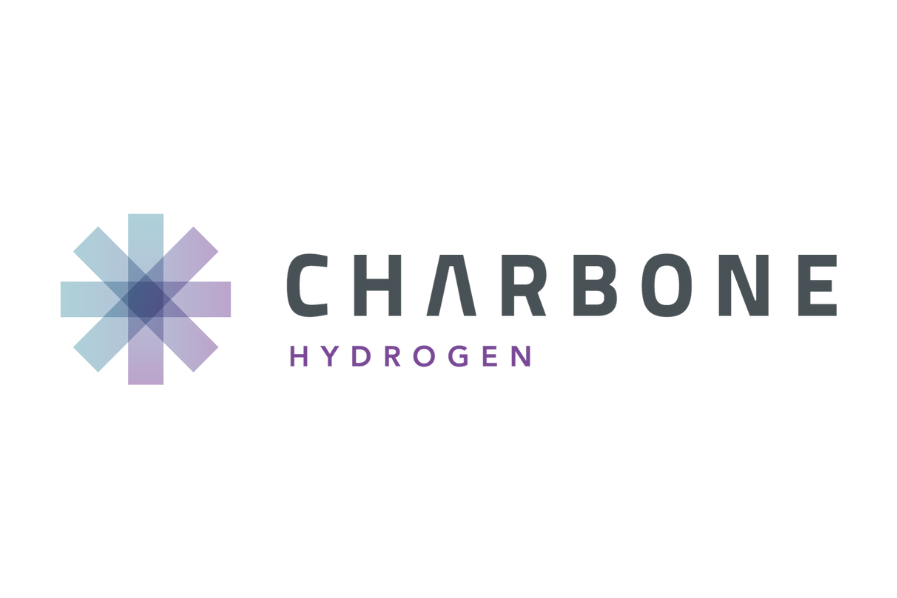
(TheNewswire)
 |
|||||||||
 |
 |
 |
|||||||
Brossard, Quebec TheNewswire – le 14 octobre 2025 CORPORATION CHARBONE (TSXV: CH,OTC:CHHYF; OTCQB: CHHYF; FSE: K47) (« CHARBONE » ou la « Société »), un producteur et distributeur nord-américain spécialisé dans l’hydrogène propre à Ultra Haute Pureté (« UHP ») et les gaz industriels stratégiques, annonce une étape commerciale importante : la signature d’une entente d’approvisionnement en hydrogène de cinq ans avec un distributeur indépendant basé en Ontario pour des livraisons régulières d’hydrogène propre à UHP.
Points saillants :
-
Contrat long terme – D’une durée de cinq ans avec un distributeur ontarien, garantissant une demande stable et récurrente d’hydrogène propre à UHP de CHARBONE.
-
Premières livraisons en novembre – Les premières livraisons sont prévues pour novembre 2025 , à l’aide d’une remorque à tubes à hydrogène de type 1 nouvellement mise en service, entièrement certifiée par Transports Canada et l’Autorité des normes techniques et de la sécurité de l’Ontario (TSSA) pour une exploitation en Ontario.
-
Préparation opérationnelle – La filiale de transport de CHARBONE a atteint la pleine conformité de réglementation et de sécurité en seulement huit mois , répondant aux normes rigoureuses de manutention de l’hydrogène du Canada et garantissant une approche de distribution axée sur la « sécurité avant tout » .
-
Expansion stratégique – Ce contrat marque l’entrée de CHARBONE sur le marché ontarien , une égion en pleine croissance pour l’hydrogène propre à UHP. Il renforce la présence de la Société dans l’est du Canada et lui permet de poursuivre sa croissance dans le secteur de l’énergie propre.
« Ce contrat de cinq ans démontre que CHARBONE peut bâtir un réseau d’approvisionnement en hydrogène fiable, conforme et sécuritaire , nous positionnant ainsi pour une expansion future, » a dit Dave B. Gagnon, Président et Chef de la direction de CHARBONE . « L’Ontario est un marché stratégique pour nous, et cette réalisation souligne notre engagement à long terme à servir les distributeurs de gaz industriels et de spécialités avec les plus hauts niveaux de qualité et de fiabilité . »
Au cours des huit derniers mois, CHARBONE Systèmes Inc., filiale de transport en propriété exclusive de CHARBONE, a mené à bien tous les processus d’ingénierie, de réglementation et de sécurité nécessaires pour opérer conformément aux normes canadiennes rigoureuses en matière de manutention d’hydrogène propre à UHP. Cette réussite souligne non seulement l’engagement de la Société envers la « sécurité avant tout » et l’excellence opérationnelle de sa chaîne logistique, mais ouvre également la voie à des livraisons commerciales fiables dans le cadre de la nouvelle entente.
À propos de CORPORATION CHARBONE
CHARBONE est une entreprise intégrée spécialisée dans l’hydrogène propre à Ultra Haute Pureté (UHP) et la distribution stratégique de gaz industriels en Amérique du Nord et en Asie-Pacifique. Elle développe un réseau modulaire de production d’hydrogène vert tout en s’associant à des partenaires de l’industrie pour offrir de l’hélium et d’autres gaz spécialisés sans avoir à construire de nouvelles usines coûteuses. Cette stratégie disciplinée diversifie les revenus, réduit les risques et augmente sa flexibilité. Le groupe Charbone est coté en bourse en Amérique du Nord et en Europe sur la bourse de croissance TSX (TSXV: CH,OTC:CHHYF) ; sur les marchés OTC (OTCQB: CHHYF) ; et à la Bourse de Francfort (FSE: K47) . Pour plus d’informations, visiter www.charbone.com .
Énoncés prospectifs
Le présent communiqué de presse contient des énoncés qui constituent de « l’information prospective » au sens des lois canadiennes sur les valeurs mobilières (« déclarations prospectives »). Ces déclarations prospectives sont souvent identifiées par des mots tels que « a l’intention », « anticipe », « s’attend à », « croit », « planifie », « probable », ou des mots similaires. Les déclarations prospectives reflètent les attentes, estimations ou projections respectives de la direction de Charbone concernant les résultats ou événements futurs, sur la base des opinions, hypothèses et estimations considérées comme raisonnables par la direction à la date à laquelle les déclarations sont faites. Bien que Charbone estime que les attentes exprimées dans les déclarations prospectives sont raisonnables, les déclarations prospectives comportent des risques et des incertitudes, et il ne faut pas se fier indûment aux déclarations prospectives, car des facteurs inconnus ou imprévisibles pourraient faire en sorte que les résultats réels soient sensiblement différents de ceux exprimés dans les déclarations prospectives. Des risques et des incertitudes liés aux activités de Charbone peuvent avoir une incidence sur les déclarations prospectives. Ces risques, incertitudes et hypothèses comprennent, sans s’y limiter, ceux décrits à la rubrique « Facteurs de risque » dans la déclaration de changement à l’inscription de la Société datée du 31 mars 2022, qui peut être consultée sur SEDAR à l’adresse www.sedar.com; ils pourraient faire en sorte que les événements ou les résultats réels diffèrent sensiblement de ceux prévus dans les déclarations prospectives.
Sauf si les lois sur les valeurs mobilières applicables l’exigent, Charbone ne s’engage pas à mettre à jour ni à réviser les déclarations prospectives.
Ni la Bourse de croissance TSX ni son fournisseur de services de réglementation (tel que ce terme est défini dans les politiques de la Bourse de croissance TSX) n’acceptent de responsabilité quant à la pertinence ou à l’exactitude du présent communiqué.
Pour contacter Corporation Charbone :
|
Téléphone bureau: +1 450 678 7171 |
||
|
Courriel: ir@charbone.com Benoit Veilleux Chef de la direction financière et secrétaire corporatif |
Copyright (c) 2025 TheNewswire – All rights reserved.
News Provided by TheNewsWire via QuoteMedia



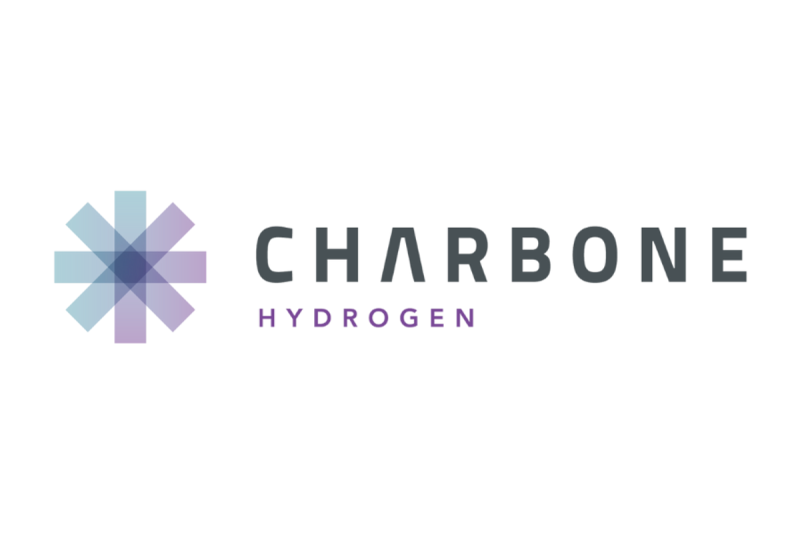






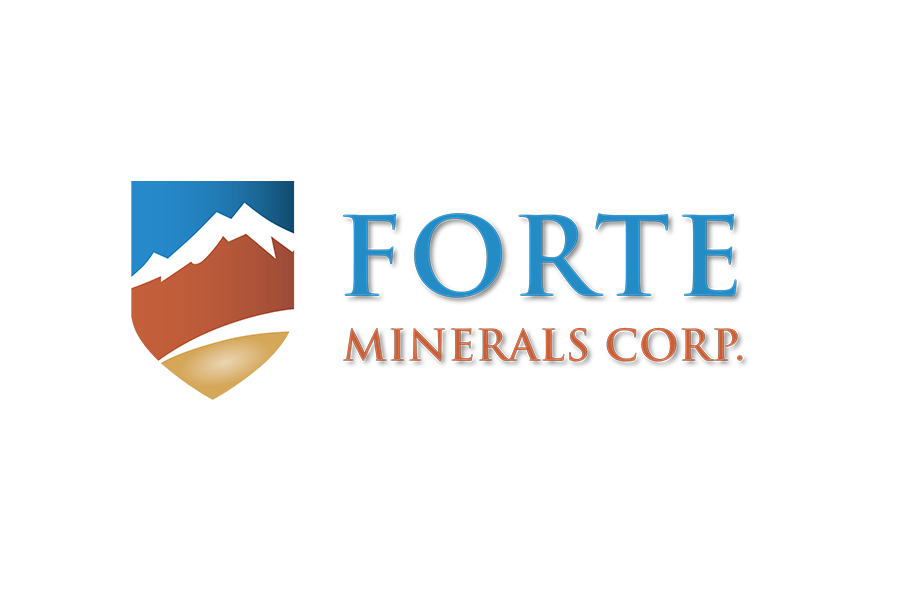





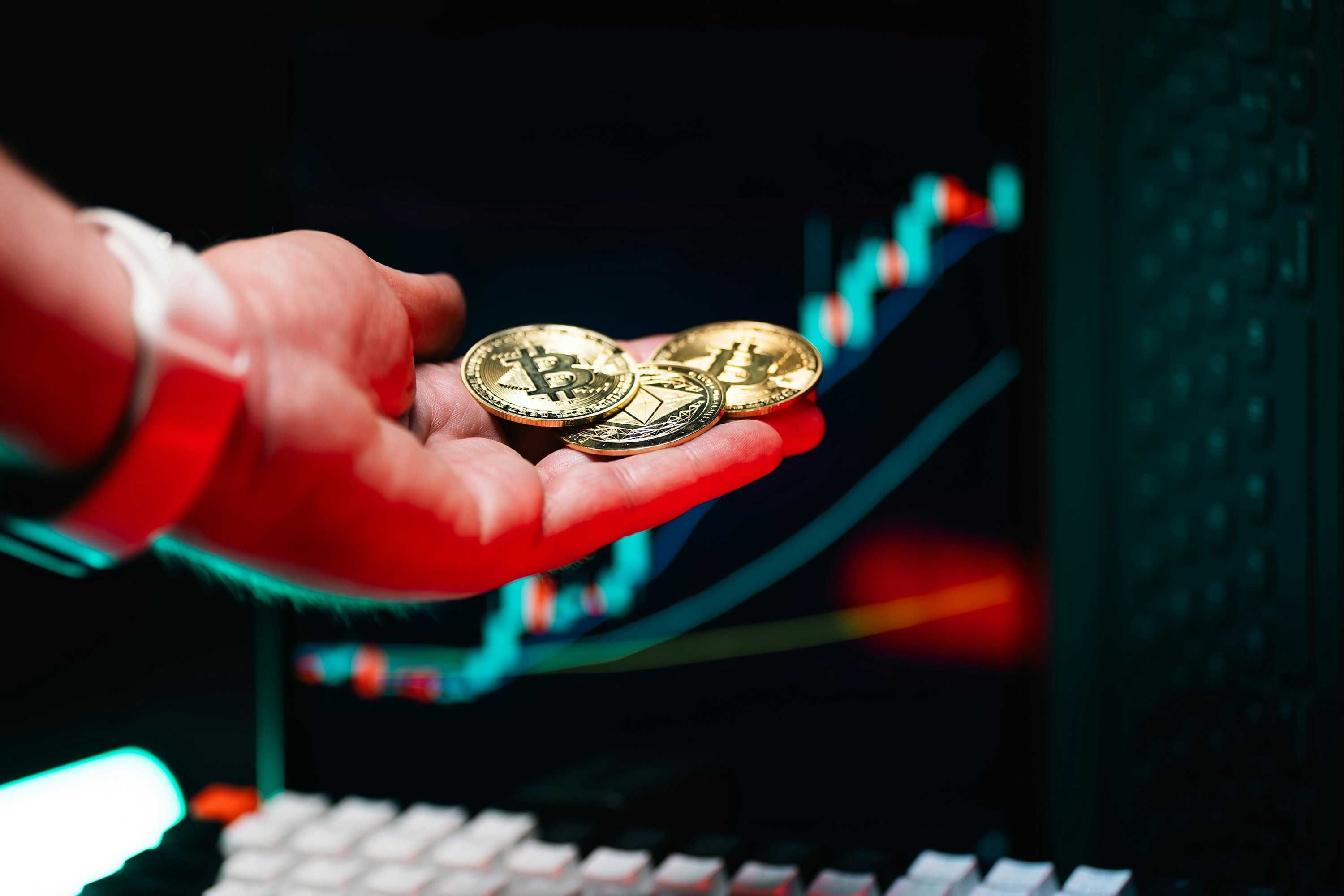







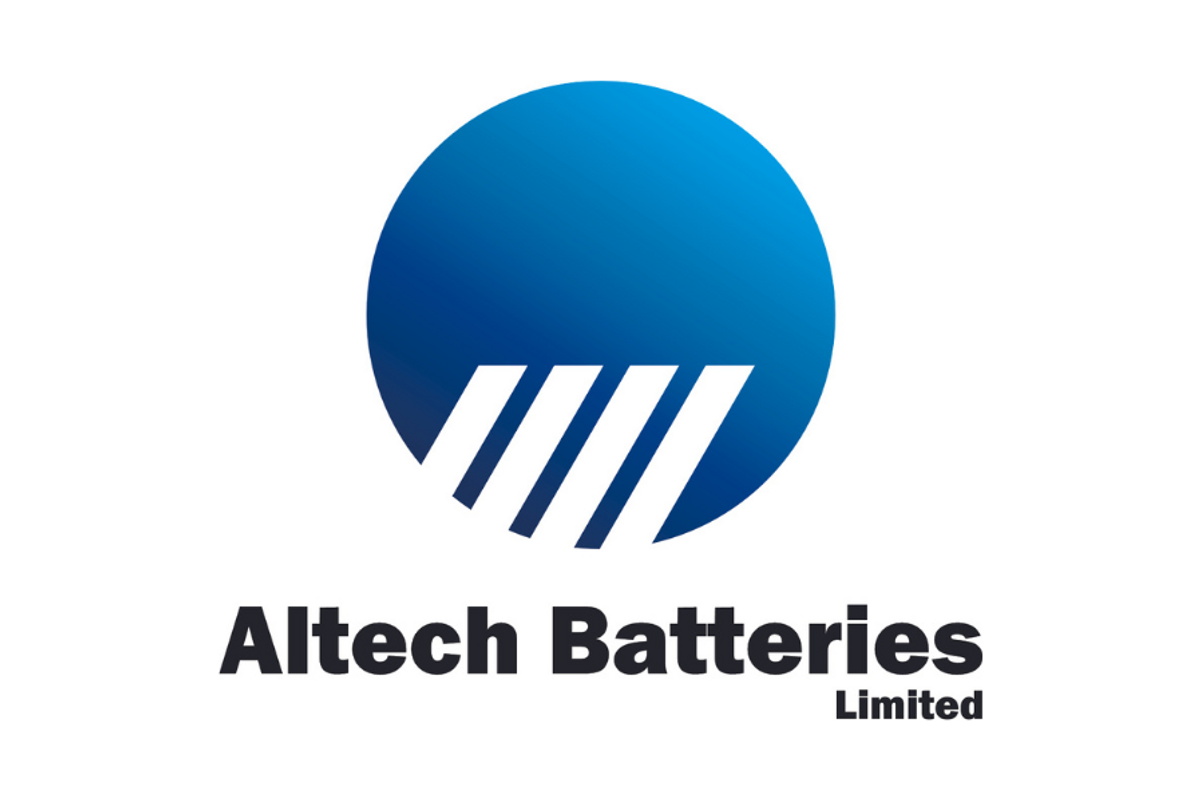


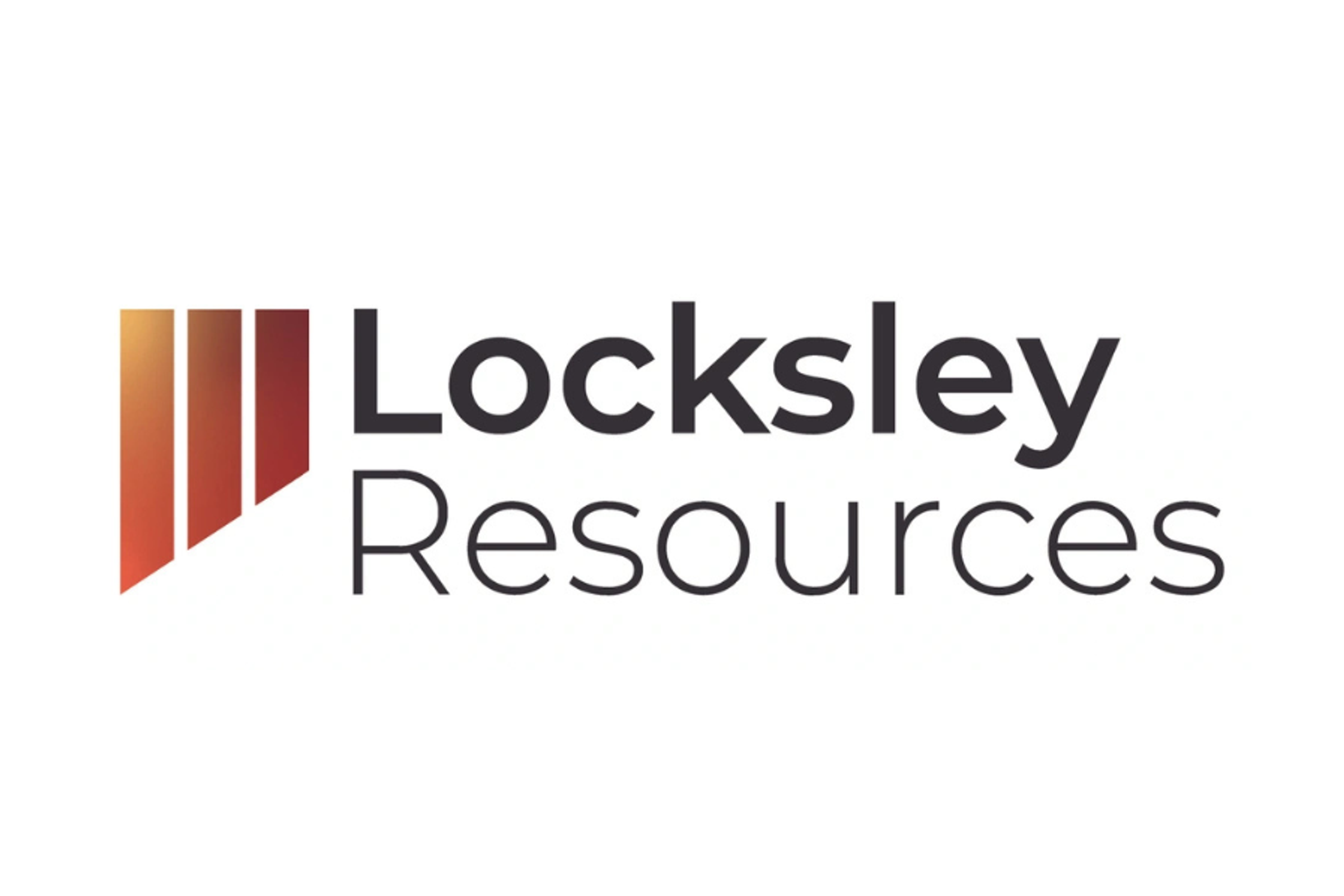





 European Lithium Ltd (ASX: EUR, FRA:PF8, OTC: EULIF) (European Lithium or the Company) is pleased to announce that Critical Metals Corp. (Nasdaq: CRML) in an off-market transaction has sold a further 3.85 million CRML shares to a single US institutional investor at US$13 per share (a 12% discount to Fridays closing price of US$14.98) for net proceeds US$50M (approx. $A76m) net proceeds to EUR.
European Lithium Ltd (ASX: EUR, FRA:PF8, OTC: EULIF) (European Lithium or the Company) is pleased to announce that Critical Metals Corp. (Nasdaq: CRML) in an off-market transaction has sold a further 3.85 million CRML shares to a single US institutional investor at US$13 per share (a 12% discount to Fridays closing price of US$14.98) for net proceeds US$50M (approx. $A76m) net proceeds to EUR.